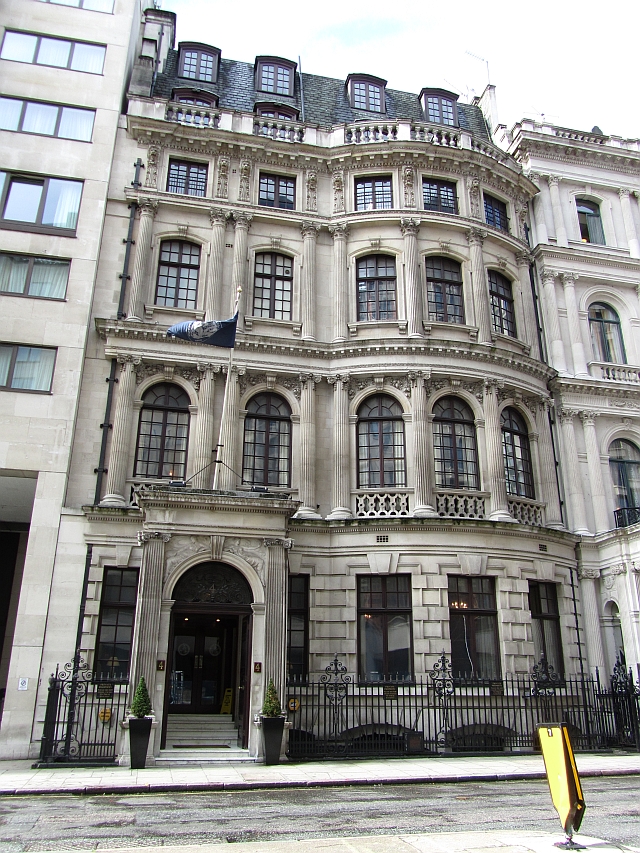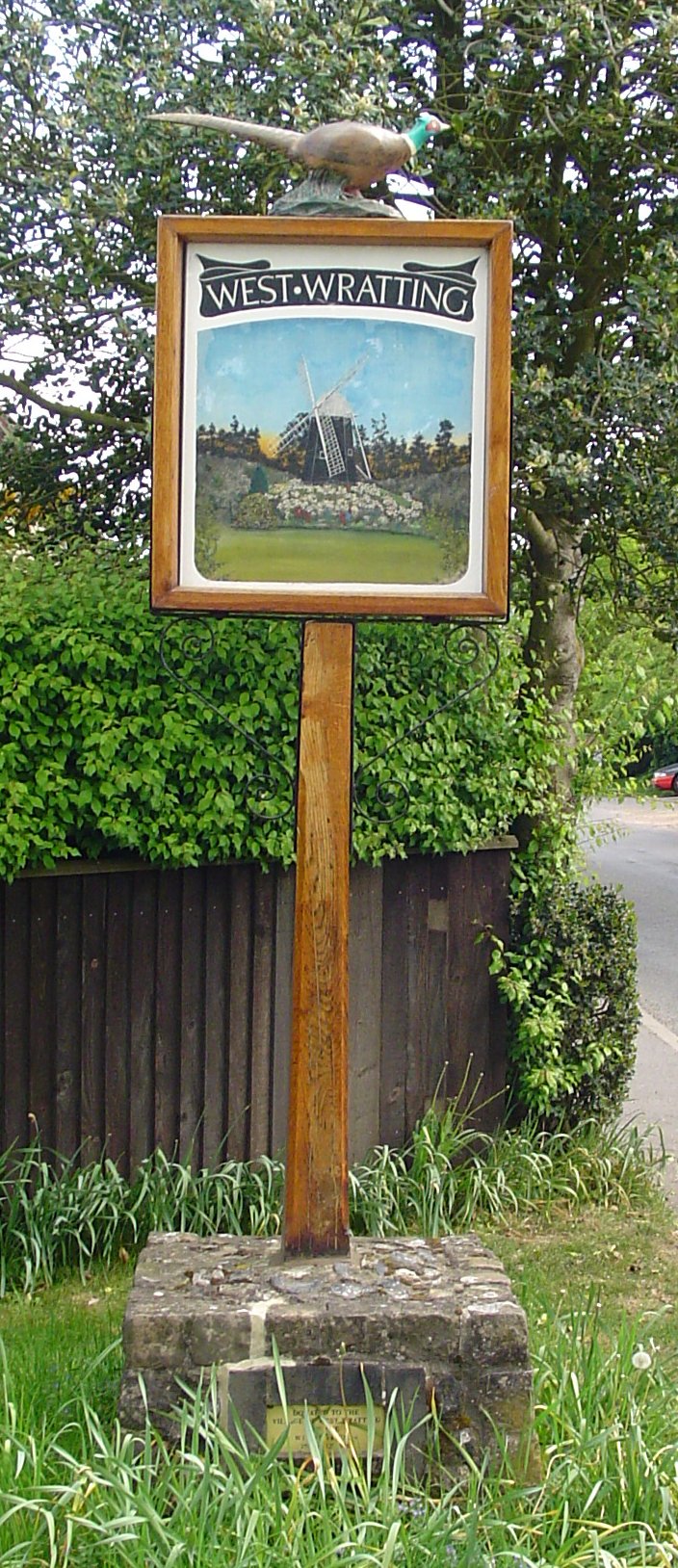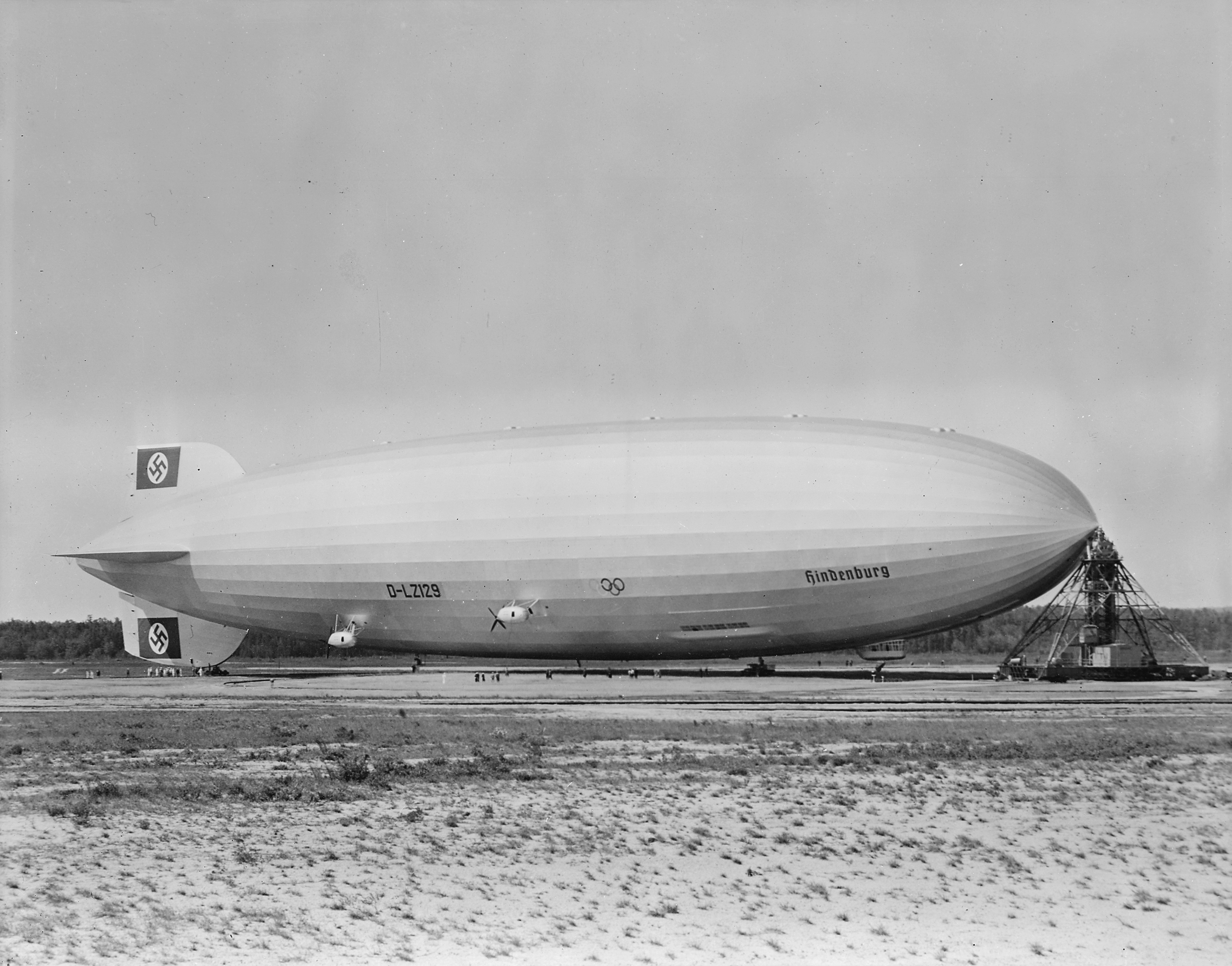|
Edward Purkis Frost
Edward Purkis Frost (1842 – 1922) was an English pioneer of aviation. He built ornithopters, and became president of the Aeronautical Society. E.P. Frost lived at West Wratting Hall in Cambridgeshire and became a Justice of the Peace.Kelly, Maurice. 2006. ''Steam in the Air''. Pen & Sword Books. Pages 49-55 are about Frost. Frost began studying flight in 1868 and built a large steam-powered flying machine with both fixed and flapping wings from 1870 to 1877. Frost had intended to have a 20-25 hp steam engine but the actual engine with 5 hp was not powerful enough to lift the ornithopter from the ground. The experiment cost Frost £1000. In collaboration with several colleagues he started another large similar craft in 1902 with an internal combustion engine. It lifted from the ground in 1904. A wing from this craft is displayed in London's Science Museum A science museum is a museum devoted primarily to science. Older science museums tended to concentrat ... [...More Info...] [...Related Items...] OR: [Wikipedia] [Google] [Baidu] |
Royal Aeronautical Society
The Royal Aeronautical Society, also known as the RAeS, is a British multi-disciplinary professional institution dedicated to the global aerospace community. Founded in 1866, it is the oldest aeronautical society in the world. Members, Fellows, and Companions of the society can use the post-nominal letters MRAeS, FRAeS, or CRAeS, respectively. Function The objectives of The Royal Aeronautical Society include: to support and maintain high professional standards in aerospace disciplines; to provide a unique source of specialist information and a local forum for the exchange of ideas; and to exert influence in the interests of aerospace in the public and industrial arenas, including universities. The Royal Aeronautical Society is a worldwide society with an international network of 67 branches. Many practitioners of aerospace disciplines use the Society's designatory post-nominals such aFRAeS CRAeS, MRAeS, AMRAeS, and ARAeS (incorporating the former graduate grade, GradRAeS). ... [...More Info...] [...Related Items...] OR: [Wikipedia] [Google] [Baidu] |
Aviation
Aviation includes the activities surrounding mechanical flight and the aircraft industry. ''Aircraft'' includes fixed-wing and rotary-wing types, morphable wings, wing-less lifting bodies, as well as lighter-than-air craft such as hot air balloons and airships. Aviation began in the 18th century with the development of the hot air balloon, an apparatus capable of atmospheric displacement through buoyancy. Some of the most significant advancements in aviation technology came with the controlled gliding flying of Otto Lilienthal in 1896; then a large step in significance came with the construction of the first powered airplane by the Wright brothers in the early 1900s. Since that time, aviation has been technologically revolutionized by the introduction of the jet which permitted a major form of transport throughout the world. Etymology The word ''aviation'' was coined by the French writer and former naval officer Gabriel La Landelle in 1863. He derived the term from the v ... [...More Info...] [...Related Items...] OR: [Wikipedia] [Google] [Baidu] |
Ornithopters
An ornithopter (from Greek ''ornis, ornith-'' "bird" and ''pteron'' "wing") is an aircraft that flies by flapping its wings. Designers sought to imitate the flapping-wing flight of birds, bats, and insects. Though machines may differ in form, they are usually built on the same scale as flying animals. Larger, crewed ornithopters have also been built and some have been successful. Crewed ornithopters are generally either powered by engines or by the pilot. Early history Some early crewed flight attempts may have been intended to achieve flapping-wing flight, but probably only a glide was actually achieved. They include the purported flights of the 11th-century Catholic monk Eilmer of Malmesbury (recorded in the 12th century) and the 9th-century poet Abbas Ibn Firnas (recorded in the 17th century). Roger Bacon, writing in 1260, was also among the first to consider a technological means of flight. In 1485, Leonardo da Vinci began to study the flight of birds. He grasped that humans ... [...More Info...] [...Related Items...] OR: [Wikipedia] [Google] [Baidu] |
West Wratting
West Wratting is a village and civil parish 10 miles southeast of Cambridge in Cambridgeshire. At above sea level, it can claim to be one of the highest villages in Cambridgeshire. The parish covers 3,543 acres in south east Cambridge, a thin strip, less than two miles wide, stretching from the London to Newmarket road to the border with Suffolk. Much of its western border follows the Fleam Dyke. It is bordered by Weston Colville to the north and east, and by Balsham and West Wickham to the south. History The parish is believed to have been formed as an offshoot of Great Wratting in Suffolk. Land at the village is recorded in the Domesday Book (1086) as belonging to one Harduin de Scalers. The same family owned the land until it was granted by Stephen de Scalariis and his wife, Juliana, to the Nunnery of St Mary and St Radegund, Cambridge, on the placement there of their daughter Sibil before 1161. It houses a smock mill dated to 1726, the oldest confirmed in the country. ... [...More Info...] [...Related Items...] OR: [Wikipedia] [Google] [Baidu] |
Cambridgeshire
Cambridgeshire (abbreviated Cambs.) is a Counties of England, county in the East of England, bordering Lincolnshire to the north, Norfolk to the north-east, Suffolk to the east, Essex and Hertfordshire to the south, and Bedfordshire and Northamptonshire to the west. The city of Cambridge is the county town. Following the Local Government Act 1972 restructuring, modern Cambridgeshire was formed in 1974 through the amalgamation of two administrative counties: Cambridgeshire and Isle of Ely, comprising the Historic counties of England, historic county of Cambridgeshire (including the Isle of Ely); and Huntingdon and Peterborough, comprising the historic county of Huntingdonshire and the Soke of Peterborough, historically part of Northamptonshire. Cambridgeshire contains most of the region known as Silicon Fen. The county is now divided between Cambridgeshire County Council and Peterborough City Council, which since 1998 has formed a separate Unitary authorities of England, unita ... [...More Info...] [...Related Items...] OR: [Wikipedia] [Google] [Baidu] |
Justice Of The Peace
A justice of the peace (JP) is a judicial officer of a lower or ''puisne'' court, elected or appointed by means of a commission ( letters patent) to keep the peace. In past centuries the term commissioner of the peace was often used with the same meaning. Depending on the jurisdiction, such justices dispense summary justice or merely deal with local administrative applications in common law jurisdictions. Justices of the peace are appointed or elected from the citizens of the jurisdiction in which they serve, and are (or were) usually not required to have any formal legal education in order to qualify for the office. Some jurisdictions have varying forms of training for JPs. History In 1195, Richard I ("the Lionheart") of England and his Minister Hubert Walter commissioned certain knights to preserve the peace in unruly areas. They were responsible to the King in ensuring that the law was upheld and preserving the " King's peace". Therefore, they were known as "keepers of th ... [...More Info...] [...Related Items...] OR: [Wikipedia] [Google] [Baidu] |
Steam Engine
A steam engine is a heat engine that performs mechanical work using steam as its working fluid. The steam engine uses the force produced by steam pressure to push a piston back and forth inside a cylinder. This pushing force can be transformed, by a connecting rod and crank, into rotational force for work. The term "steam engine" is generally applied only to reciprocating engines as just described, not to the steam turbine. Steam engines are external combustion engines, where the working fluid is separated from the combustion products. The ideal thermodynamic cycle used to analyze this process is called the Rankine cycle. In general usage, the term ''steam engine'' can refer to either complete steam plants (including boilers etc.), such as railway steam locomotives and portable engines, or may refer to the piston or turbine machinery alone, as in the beam engine and stationary steam engine. Although steam-driven devices were known as early as the aeolipile in the f ... [...More Info...] [...Related Items...] OR: [Wikipedia] [Google] [Baidu] |
Internal Combustion Engine
An internal combustion engine (ICE or IC engine) is a heat engine in which the combustion of a fuel occurs with an oxidizer (usually air) in a combustion chamber that is an integral part of the working fluid flow circuit. In an internal combustion engine, the expansion of the high-temperature and high-pressure gases produced by combustion applies direct force to some component of the engine. The force is typically applied to pistons ( piston engine), turbine blades (gas turbine), a rotor (Wankel engine), or a nozzle ( jet engine). This force moves the component over a distance, transforming chemical energy into kinetic energy which is used to propel, move or power whatever the engine is attached to. This replaced the external combustion engine for applications where the weight or size of an engine was more important. The first commercially successful internal combustion engine was created by Étienne Lenoir around 1860, and the first modern internal combustion engine, known ... [...More Info...] [...Related Items...] OR: [Wikipedia] [Google] [Baidu] |
Science Museum (London)
The Science Museum is a major museum on Exhibition Road in South Kensington, London. It was founded in 1857 and is one of the city's major tourist attractions, attracting 3.3 million visitors annually in 2019. Like other publicly funded national museums in the United Kingdom, the Science Museum does not charge visitors for admission, although visitors are requested to make a donation if they are able. Temporary exhibitions may incur an admission fee. It is one of the five museums in the Science Museum Group. Founding and history The museum was founded in 1857 under Bennet Woodcroft from the collection of the Royal Society of Arts and surplus items from the Great Exhibition as part of the South Kensington Museum, together with what is now the Victoria and Albert Museum. It included a collection of machinery which became the ''Museum of Patents'' in 1858, and the ''Patent Office Museum'' in 1863. This collection contained many of the most famous exhibits of what is now t ... [...More Info...] [...Related Items...] OR: [Wikipedia] [Google] [Baidu] |
Edward Frost Ornithopter
Edward is an English given name. It is derived from the Anglo-Saxon name ''Ēadweard'', composed of the elements '' ēad'' "wealth, fortune; prosperous" and '' weard'' "guardian, protector”. History The name Edward was very popular in Anglo-Saxon England, but the rule of the Norman and Plantagenet dynasties had effectively ended its use amongst the upper classes. The popularity of the name was revived when Henry III named his firstborn son, the future Edward I, as part of his efforts to promote a cult around Edward the Confessor, for whom Henry had a deep admiration. Variant forms The name has been adopted in the Iberian peninsula since the 15th century, due to Edward, King of Portugal, whose mother was English. The Spanish/Portuguese forms of the name are Eduardo and Duarte. Other variant forms include French Édouard, Italian Edoardo and Odoardo, German, Dutch, Czech and Romanian Eduard and Scandinavian Edvard. Short forms include Ed, Eddy, Eddie, Ted, Teddy and Ned. Peop ... [...More Info...] [...Related Items...] OR: [Wikipedia] [Google] [Baidu] |
English Aerospace Engineers
English usually refers to: * English language * English people English may also refer to: Peoples, culture, and language * ''English'', an adjective for something of, from, or related to England ** English national identity, an identity and common culture ** English language in England, a variant of the English language spoken in England * English languages (other) * English studies, the study of English language and literature * ''English'', an Amish term for non-Amish, regardless of ethnicity Individuals * English (surname), a list of notable people with the surname ''English'' * People with the given name ** English McConnell (1882–1928), Irish footballer ** English Fisher (1928–2011), American boxing coach ** English Gardner (b. 1992), American track and field sprinter Places United States * English, Indiana, a town * English, Kentucky, an unincorporated community * English, Brazoria County, Texas, an unincorporated community * Engli ... [...More Info...] [...Related Items...] OR: [Wikipedia] [Google] [Baidu] |
Aviation Inventors
Aviation includes the activities surrounding mechanical flight and the aircraft industry. ''Aircraft'' includes fixed-wing and rotary-wing types, morphable wings, wing-less lifting bodies, as well as lighter-than-air craft such as hot air balloons and airships. Aviation began in the 18th century with the development of the hot air balloon, an apparatus capable of atmospheric displacement through buoyancy. Some of the most significant advancements in aviation technology came with the controlled gliding flying of Otto Lilienthal in 1896; then a large step in significance came with the construction of the first powered airplane by the Wright brothers in the early 1900s. Since that time, aviation has been technologically revolutionized by the introduction of the jet which permitted a major form of transport throughout the world. Etymology The word ''aviation'' was coined by the French writer and former naval officer Gabriel La Landelle in 1863. He derived the term from the v ... [...More Info...] [...Related Items...] OR: [Wikipedia] [Google] [Baidu] |







